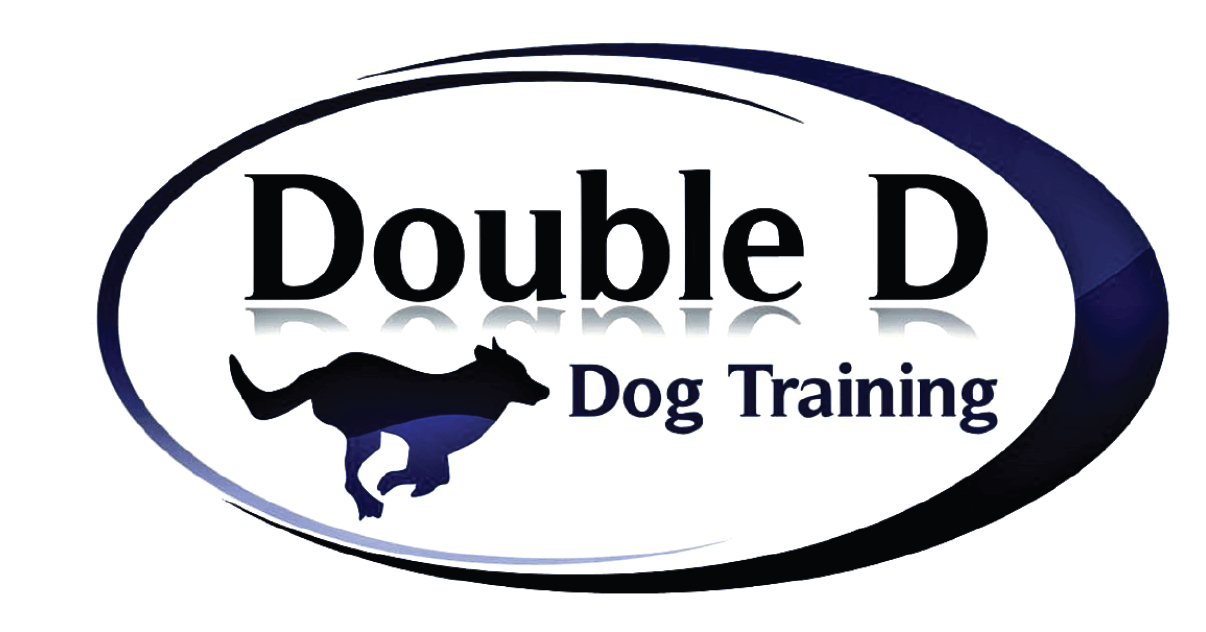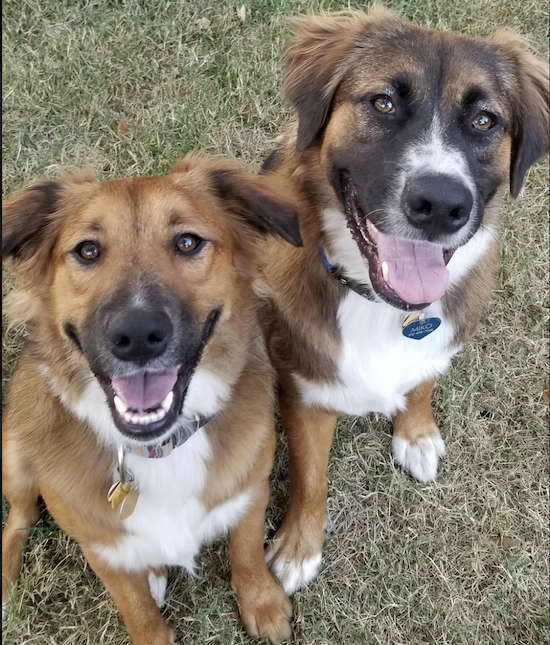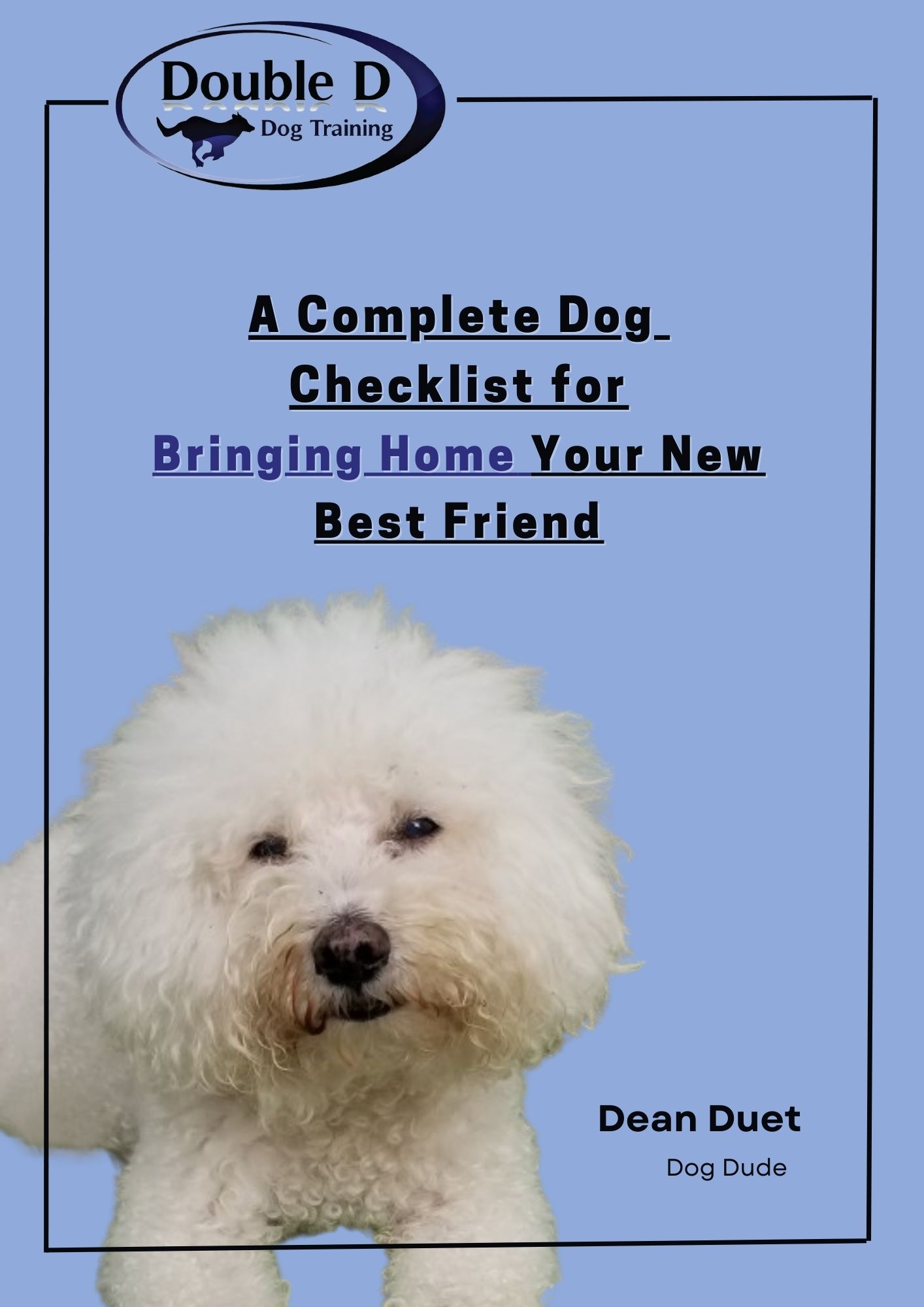How To Stop Puppy From Biting: 10 PROVEN TIPS TO STOP NIPPING & BITING BEHAVIOR
Are you struggling to deal with your furry friend’s nipping and biting behavior? Don’t worry; you’re not alone. This common issue is faced by many puppy owners of all ages and breeds, and it’s essential to nip it in the bud before it becomes a lifelong habit. In this article, we’ll discuss ten proven tips to stop puppy nipping and biting and provide insights into what causes this behavior.
What causes Puppy Nipping & Biting?
Before diving into the tips, let’s understand some of the causes of puppy nipping and biting behavior. Puppies explore their surroundings with their mouth, and it’s their natural instinct to play-bite. This behavior is common among puppies and is a part of their socialization process. Puppies also nip and bite when they’re teething or feeling anxious, scared, or over-stimulated. Finally, puppies learn “bite-inhibition” from nipping and biting and how to moderate the strength of their bite.
10 Proven Tips to Stop Puppy Nipping & Biting Behavior
- Socialize your puppy: Introduce your puppy to other dogs and people in a controlled and safe environment. Socialization helps your puppy learn to interact with others and control its biting behavior.
- Provide toys and chewable items that are allowed: Puppies love to chew and providing them with appropriate chew toys can redirect their biting behavior. Make sure to provide chew toys that are safe and appropriate for their age and size.
- Consistent training: Consistency is key when it comes to training your puppy. Use positive reinforcement to reward good behavior and discourage nipping and biting.
- Provide enough exercise and playtime: Puppies need plenty of exercise and playtime to release their energy. A tired puppy is less likely to nip and bite.
- Teach “no bite” command: Teach your puppy the “no biting” command using a firm and authoritative voice. Reinforce this command by stopping playtime or withdrawing attention when your puppy nips or bites.
- Use taste deterrents: Apply a bitter taste deterrent to your hands or furniture to discourage your puppy from nipping and biting.
- Redirect their behavior: Redirect your puppy’s nipping and biting behavior by offering them an appropriate chew toy or moving away from them
- Provide a safe and calm environment: Puppies feel anxious and stressed when exposed to chaotic or stressful environments. Make sure to provide them with a calm and safe environment.
- Seek professional help: If your puppy’s nipping and biting behavior persists, seek help from a professional trainer or a veterinarian.
- Be patient and consistent: Remember, training your puppy takes time and patience. Be consistent with your training and provide positive reinforcement to encourage good behavior. It is also important to remain calm and patient when dealing with your puppy’s nipping and biting behavior. Yelling or getting angry can create fear and anxiety in your puppy, making the problem worse.
Conclusion
In conclusion, puppy nipping and biting behavior is common among puppies. They use their mouth to explore and play and that is how they learn about their world. It can be managed with consistent training and socialization and requires an understanding of the causes and a commitment to consistent training and positive reinforcement. Additionally, managing puppy nipping and biting will take effort, patience, consistency, and an understanding of its causes. Follow the ten proven tips mentioned in this article, and you’ll be well on your way to managing your puppy’s behavior effectively. As your puppy grows, their behavior will change, and new challenges may arise. However, with the right approach, you can overcome these challenges and continue to reinforce positive behavior in your furry friend.






